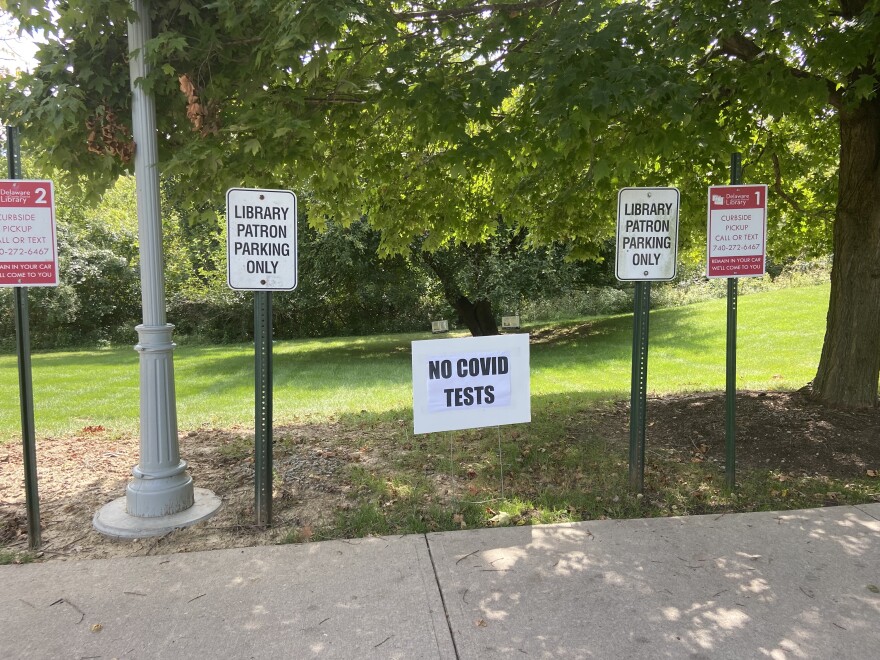In the heart of the Omicron surge in January, Ohio experienced up to 20,000 new COVID-19 cases per day. Ohio Department of Health Director Dr. Bruce Vanderhoff says Ohio is now averaging 2,800 cases per day and points out there have been some days with fewer than 1,000 cases.
Because of the lower case numbers and lessened strain on hospitals, he says the remaining Ohio National Guard members who had been working in some Ohio hospitals and nursing homes have been released from their missions. But he warns Ohioans should still take COVID-19 seriously, especially with new variants that could come in the future.
"Omicron is not quite done threatening us yet," Vanderhoff said.

Vanderhoff says the Centers for Disease Control and Prevention considers 50 cases per 100,000 residents to be "substantial" community transmission. And he points out all 88 counties remain above that threshold.
Some Ohio schools and communities are doing away with mask requirements. Vanderhoff says COVID-19 is still a real presence in Ohio and urges Ohioans to consider the spread in their community before easing up on policies requiring masks. And he says Ohioans who are not fully vaccinated, including boosters, should get them. He says most Ohioans should have three COVID-19 vaccinations (two initial doses and one booster), and older Ohioans who have underlying health conditions should have had 4 shots (two initial doses and two extra doses or boosters). Currently, less than 61% of eligible Ohioans have received the first two doses of COVID vaccines. And children under the age of 5 are still not eligible to receive COVID vaccines.

Vanderhoff says the wastewater testing program Ohio has been using to detect COVID-19 in sewage water has been effective in providing local health departments with real data they can use to prepare for, contain, and even prevent COVID outbreaks in their communities. He says that technology will continue and expand in the future to capture information about bacterial illnesses.
“Some of these food-borne bacterial outbreaks that it would be very helpful to know something is going on,” Vanderhoff said.

Vanderhoff says rapid, at-home testing kits are being dispersed again to local libraries. He adds the state has distributed more than 2.5 million rapid at-home tests through 450 library locations so far during this pandemic. But not all libraries have those tests in stock at all times so it is best to check ahead of time before making the trip to pick up tests.
Copyright 2022 The Statehouse News Bureau. To see more, visit The Statehouse News Bureau.






